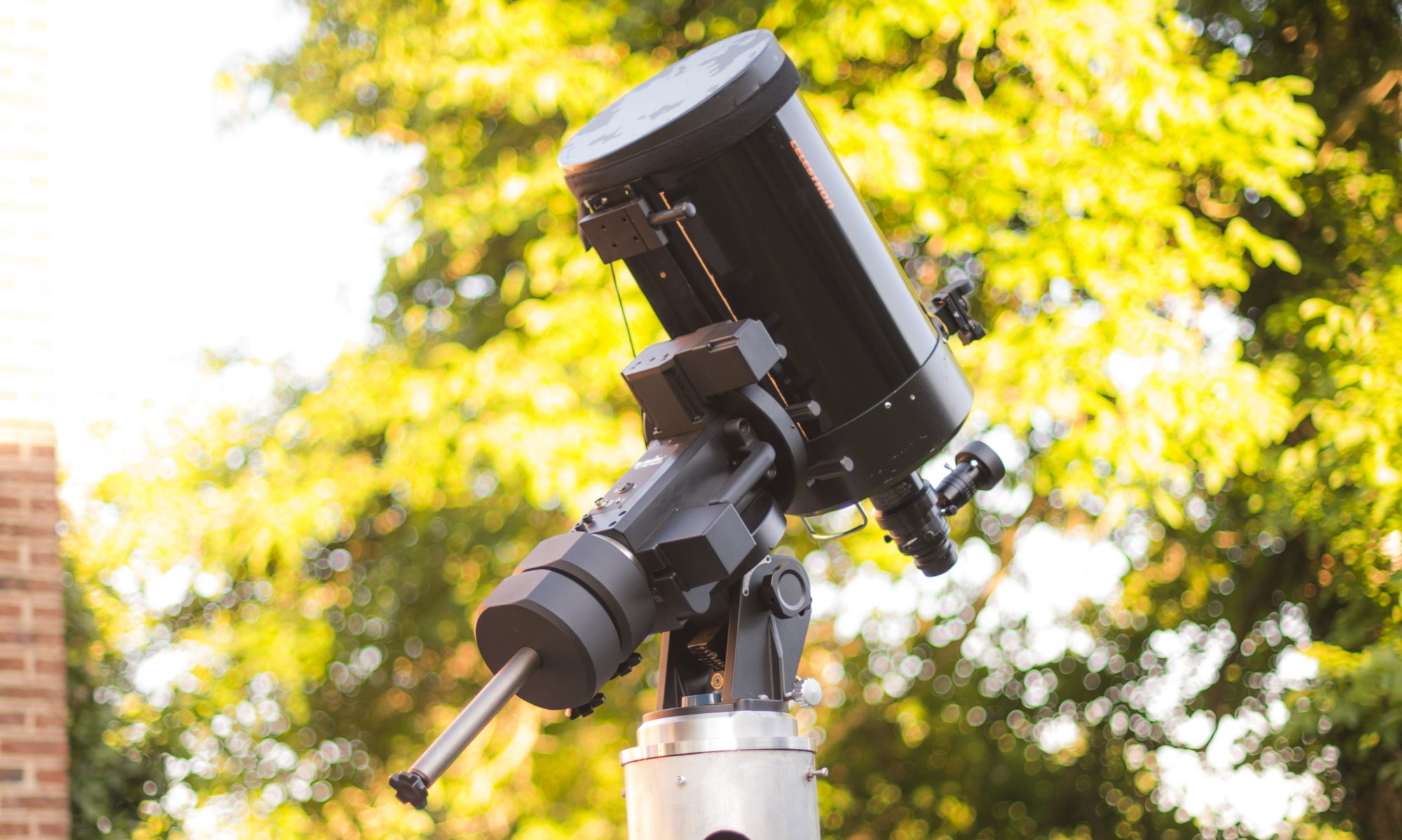(edit: sold in 2023 to be replaced with the GM1000)
I am running my sessions on the Skywatcher EQ8 mount since 2 years. It replaced a good NEQ6 mount (old style).
It has a custom built pier I made myself with some help from my friends.It is an old aluminum tube,The legs are partially piping material and partially aluminum beams.
I can use a 300mm tele for 3 minutes with round stars.
Guiding graphs:

So is this a heavy mount? Can it be used in the field, moving it manually?
Let’s be honoust: it’s not a lightweight. At 25 kilograms for the mount head, the weight-to-load ration is 0.5 Comparing that to eg. the iOptron mounts: a CEM-60 has a WTL ratio of 0.45. The Celestron CGEM 0.93
The two handles make it easy to carry, keeping the mount very close to your body. Make sure you move it at the same height horizontally, avoid to lift it from the ground bending your back. “Always bend through your knees” is not an optional advice with this mount.
Usually, through weeks around new Moon and time of fair weather, I leave the mount on it’s pier, very well protected against the elements.
I have also transported the mount on several occasions towards starparties.: it’s feasible, but you break down the mount as much as possible, and make sure to move it from a flat car-trunc towards it’s pier without having to move it in a vertical way.
If you have a bad back, hernia’s or whatever, my advice would be that this mount can only be used on a permanent pier.
ISSUES
The Declination axis – in my specific case – has some backlash. This site has a good description on how to tackle adjustment of the dec axis:
Conclusion
This is a heavy-duty weight-carrying mount that is very sturdy.
It has enough tracking precision to keep round stars on ten minutes with a 300mm lens, and 30 seconds with any scope of decent focal length. Keep it on a fixed pier. Adjust the backlash mid-season.
It will bring you capacity for a relatively small investment









